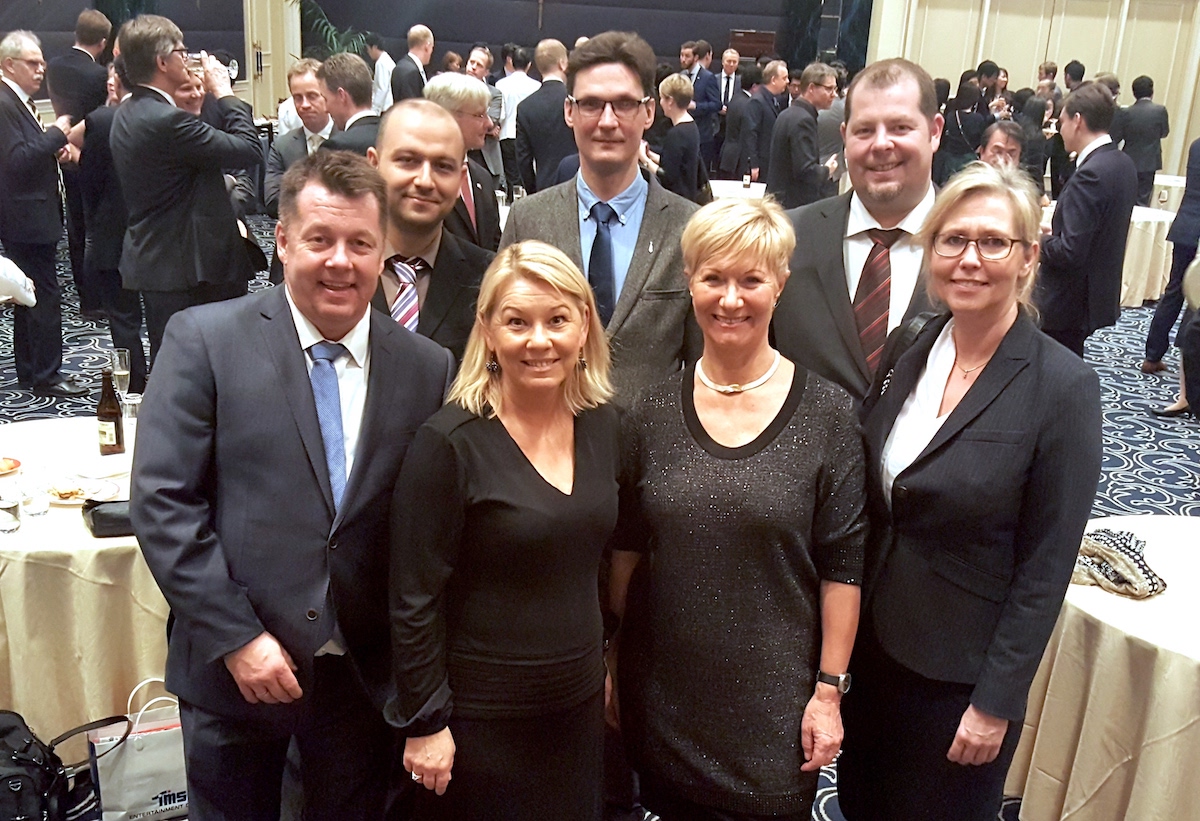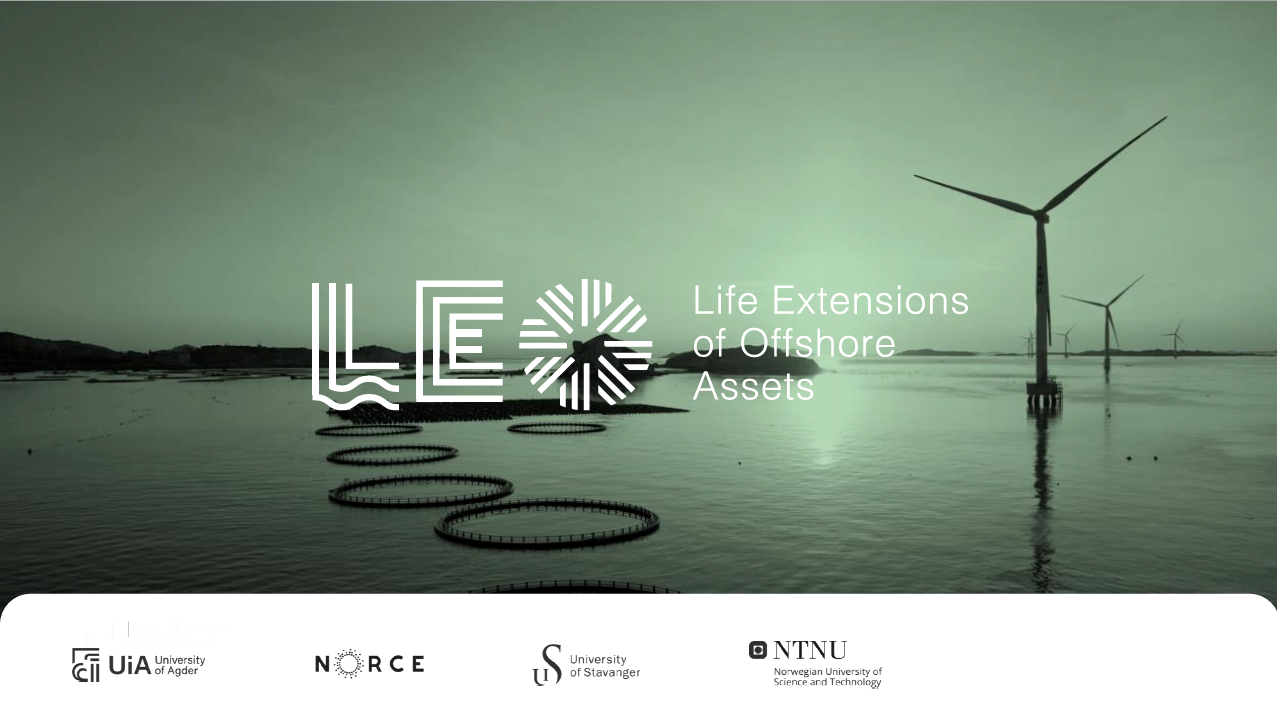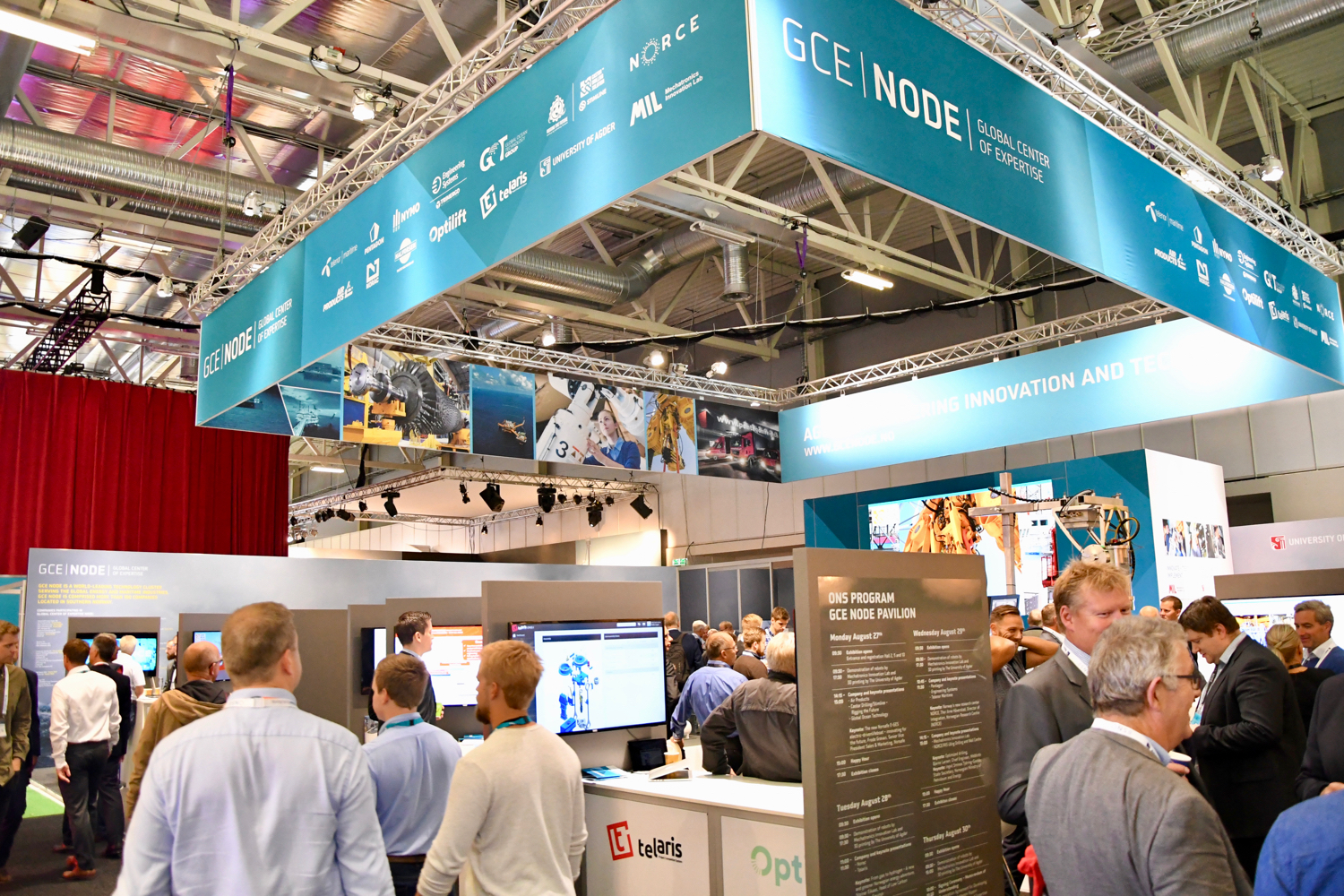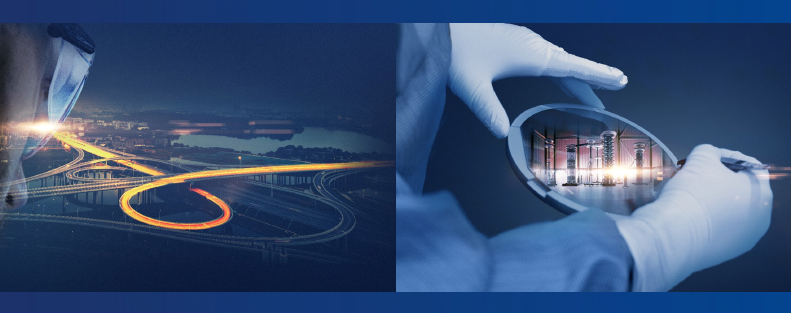Says Gøril Hannås at the University of Agder. She was part of the Agder delegation that visited Japan in January, along with Minister of Trade and Industry Monica Mæland, to study robots. Here are perspectives from four people who recently came back from Japan.
Gøril Hannås, University of Agder:
“The Japanese government initiative towards a future of robotics and automation is strategic, focused and well structured. The number one priority is making five major industries see the opportunities for use of new technology – where and how it may be applied to practical business – by providing examples of how this may be done.
A three way approach is central for both expansion and penetration of robots into various markets; i.e to find best practices of use, providing 100 examples of where and how it may be applied, and finally model the new processes for what robots can do. It was highly interesting to see their systematic approach to a new era of industrial production.
The possibly enormous future implications of what the Japanese call the “robotics revolution” are only a fraction about technology, and ultimately about the changes in our working life, and consequences thereof – ranging from new tax regimes, to inshoring of production substituting costly labor with low cost robots, increased sustainability in production due to possibly less global transportation, and finally creating new pressure on developing service jobs and markets where robots and automation of man labor do not prevail.
Our region has a technological lead by the investments already made in infrastructure and resources embedded in various business and technological advancements. We cannot afford to loose momentum by a cyclical downturn, but must gear in a collaborative effort to reap new opportunities for growth and specialization of knowledge.”
Ilya Tyapin, University of Agder
“It was informative to learn about government driven initiatives in Japan. However, it might be difficult or even impossible to join them. As a scientist working in robotics for the last 14 years, I was impressed by demos at FANUC. Yes, they showed what they wanted to show and they are quite secretive as well, but I had a very good chance to compare a Japanese industrialization to a German one.
Visiting Japanese universities was very good from a networking point of view, even if some of the contacts are not related to my group’s research interests at the moment. The most interesting presentation (I guess for many of us) was road maintenance using different sensors, condition-based monitoring and smart road solution. I am pretty sure we have to learn a lot from this company and adjust it for the Norwegian smart road project.”
Nabil Belbachir, Teknova
“The trip was a good opportunity to visit commercially successful Japanese industries and world-leaders in their specific markets. It was interesting to interact with specialists and watch on-site production of robots, machines and goods.
It was very useful to attest the effectiveness of Japanese working procedures as well as their hospitality to visitors. It was also an opportunity to attest that Japanese factories are still closed to internal (Japanese) proprietary research and innovation as their best guarantee to protect their IPRs.
For Teknova, I perceive it as the best example for networking between Norwegian research and innovation forces (with the University of Agder, GCE NODE and Mechatronics Innovation Lab) as a strong collaboration team in partnership with Japanese teams. Areas like industrial automation, transport and energy seems to be of mutual interest and will be followed from our side.”
Bernt Inge Øhrn, Mechatronics Innovation Lab
“We followed many good lectures about how the authorities in Japan accommodate a digital shift (robotization). We also followed many impressive demonstrations.
Most companies had products and technologies that MIL should invest in, in order to facilitate the same kind of services in Norway. This would be beneficial to small and medium-sized enterprises. It is important to lower the threshold to automation and robotics for SMEs.
From MIL’s point of view, the most positive was the understanding of the important role test centers like MIL play in a changing environment.
We also made many interesting connections with people from Teknova, Sintef, NTNU, NCE Raufoss and the University of Agder. There is no doubt that the combined efforts in our region are powerful when presented in conjunction, like we did through GCE NODE on this trip.”



